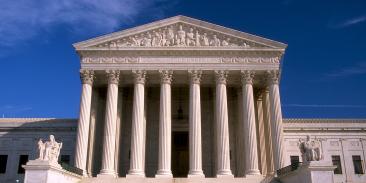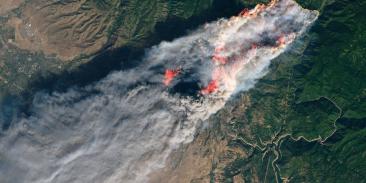California Public Utilities Commission has Chance to Propel State’s Clean Energy Economy
(SACRAMENTO – August 5, 2014) A new settlement agreement that will open the door for demand response in California and accelerate the state’s transition to a clean energy economy was filed yesterday with the California Public Utilities Commission. Demand response is an innovative tool that rewards people, not power plants, for conserving electricity during times of high energy demand. This resource effectively lowers electricity bills, improves air quality, and enhances electric grid reliability.
Environmental Defense Fund (EDF) and other organizations, including California investor-owned utilities (Pacific Gas & Electric, Southern California Edison, and San Diego Gas & Electric), the California Independent System Operator, other environmental advocates (Sierra Club and Clean Coalition), and consumer groups (The Utility Reform Network and the Office of Ratepayer Advocates), collaborated in this effort to increase the role of demand response as a clean, cost-effective approach to meet California’s rising energy demands, reduce hazardous air pollution, and more efficiently operate the state’s power grid.
“If the Commission accepts this settlement, California will prove once again that the electric grid of the future is both low-carbon and low-cost,” said Michael Panfil, the attorney in EDF’s US Climate and Energy Program who is leading engagement in this demand response proceeding. “Demand response can play a significant part in helping California meet its greenhouse gas reduction goals, while simultaneously making the state’s grid more efficient and reliable. It’s time to realize California’s vision of a clean energy economy powered by demand response.”
The goal of the settlement is to fully value demand response through three key steps: identification, motivation, and communication. By fairly and accurately determining the benefits that demand response provides to the electrical grid, the Commission has the opportunity to help unlock this technology as a flexible, efficient energy resource. The result will be a cleaner, more reliable grid, as well as a pathway for Californians to lower their electricity bills.
“Allowing people and businesses to participate in demand response can reduce customer and ratepayer costs while enhancing grid flexibility. New clean technologies will not only diversify California’s energy portfolio, leading to a more competitive market, but also provide an exceptional pathway to a reduced carbon grid,” says Chris Edgette, senior director at the California Energy Storage Alliance.
According to California’s Energy Action Plan, demand response, along with energy efficiency and renewable energy, is a first-choice resource, because of its low-cost, low-emissions nature. As the Commission has highlighted before, demand response is “an increasingly important element of California’s resource strategy.” But California currently lags behind other states in terms of adoption. Now is the time to truly value the benefits of this integral smart grid technology and fairly compensate those who provide it to California’s clean energy economy.
With more than 3 million members, Environmental Defense Fund creates transformational solutions to the most serious environmental problems. To do so, EDF links science, economics, law, and innovative private-sector partnerships to turn solutions into action. edf.org
Media Contact
Latest press releases
-
Colorado Air Regulators Approve Landfill Methane Standards
December 18, 2025 -
Proposal Would Guarantee Public Access to Air Quality Data
December 18, 2025 -
New Bill Will Help Keep Domestic Manufacturers Competitive
December 17, 2025 -
Satellite Data Shows Colorado Oil & Gas Methane Emissions Dropped as State Rules Took Effect
December 17, 2025 -
EDF Europe: Energy Council Signals Shift to Delivery on EU Methane Regulation
December 17, 2025 -
Trump Administration Forces Washington’s Last Coal Plant to Stay Open Past Retirement, Needlessly Driving up Electricity Bills and Harming Health
December 17, 2025










